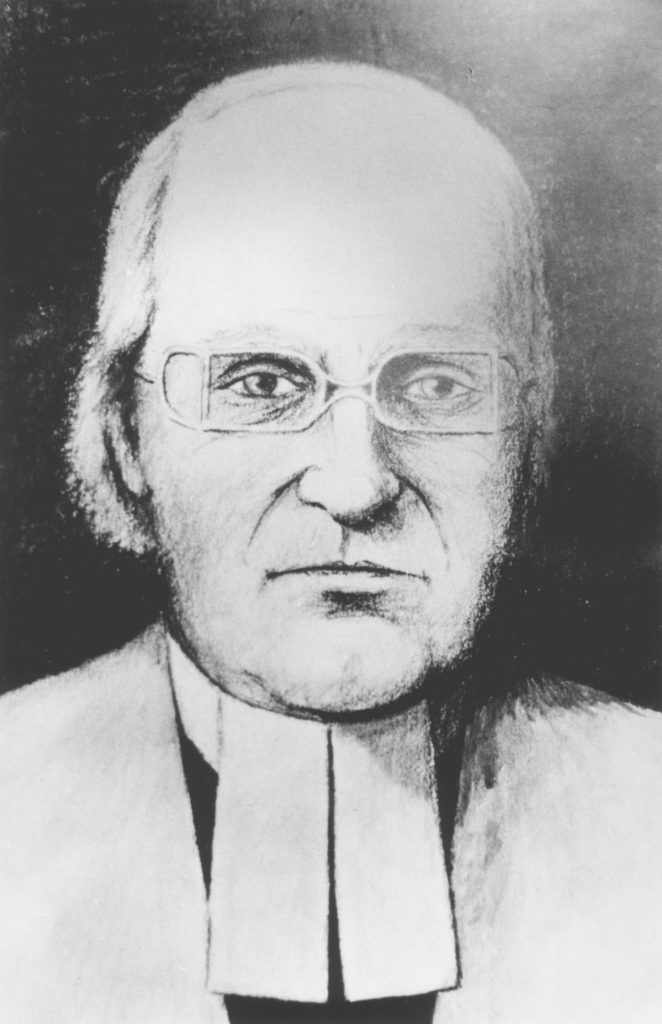
The St. Andrews Rectory is was originally built in 1930 as a log home to house the minister for the St. Andrews church. While the wooden building was first constructed by Reverend William Cockran, the working minister at the time, a stone structure was built from 1854-1856 with the help of local master stone mason, Duncan MacRae. William Cockran helped with some of the masonry, but was primarily overseeing the project. The building was intended to house the bishop at the time, but he ended up living in Winnipeg to work for a larger congregation and William Cockran and his wife were the first residents to live in it.
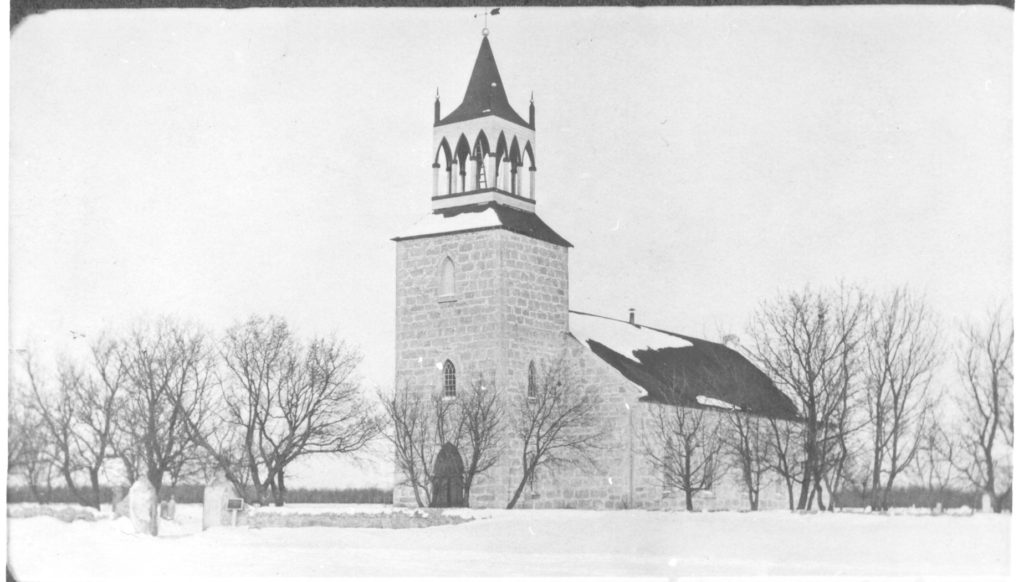
The St. Andrews church renovated to stone construction in 1849 after receiving large amounts of funding from the Church Missionary Society. St. Andrews was named after St. Andrew, the patron saint of Scotland, which was where many of the original settlers came from. The Church Missionary Society was saw the growth potential in the area during that time and helped finance the construction of the church, Rectory, and other religious teaching endeavours.
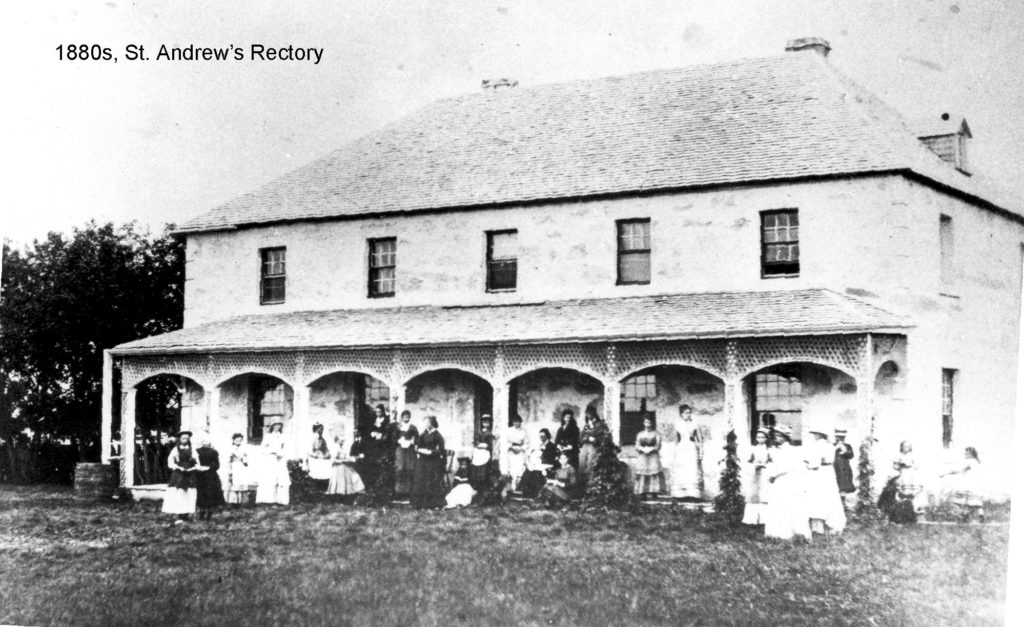
Stone used to construct the church in 1849, and the Rectory in 1854, came primarily from the marsh near Donald Road (often referred to as “Simpson’s Slough”), and the banks of the Red River. Prior to the construction of the St. Andrews Lock and Dam in 1910, located just 3 kilometers downstream, the water level of the river flowed nearly 15 feet lower than does is today. Before the Scottish settlers came to the area, it was commonly referred to as “Grand Rapids” (later known as “Lister Rapids”) because of the rapids that were created from the limestone riverbed.
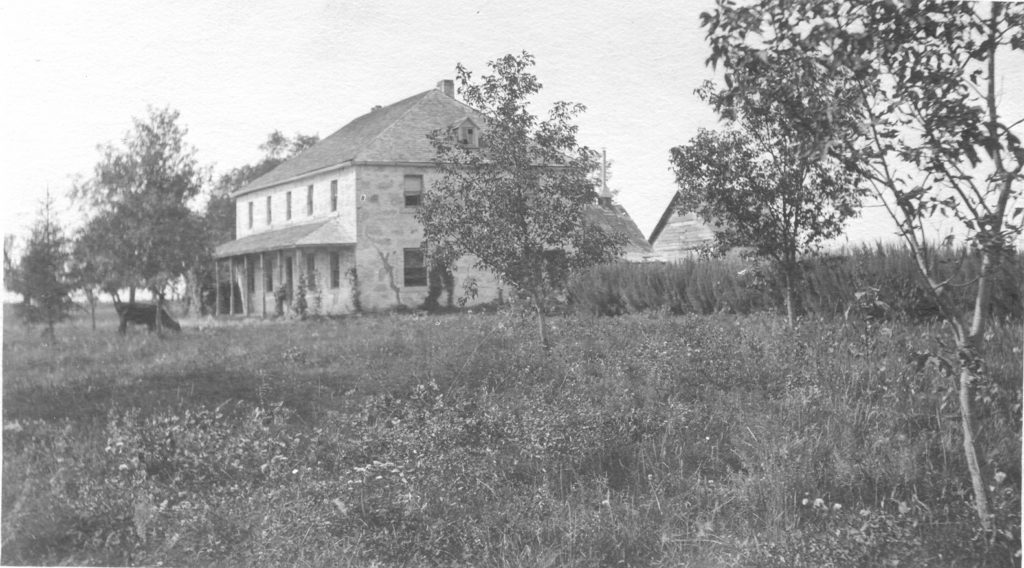
Over the two years of construction of the Rectory, the project endured a flood in 1853 and some tension between Duncan MacRae and William Cockran, which commenced during the construction of the St. Andrews Church half a decade prior. The two never really got along, but never-the-less, the Rectory was completed in 1854. It included a parlour, dining room, kitchen (as well as a summer kitchen which was added on two years later), a study for the reverend on the main level, and five bedrooms on the second level.
The rooms upstairs were often used as classrooms for Sunday school and religious activities, which was possible since the only residents of the building were the reverend, his wife, and a maid. While the building was home to many reverends after the passing of William Cockran in 1865, the same living arrangements were maintained until the 1929 when the building was abandoned, and often used as extra classrooms for the St. Andrews School.
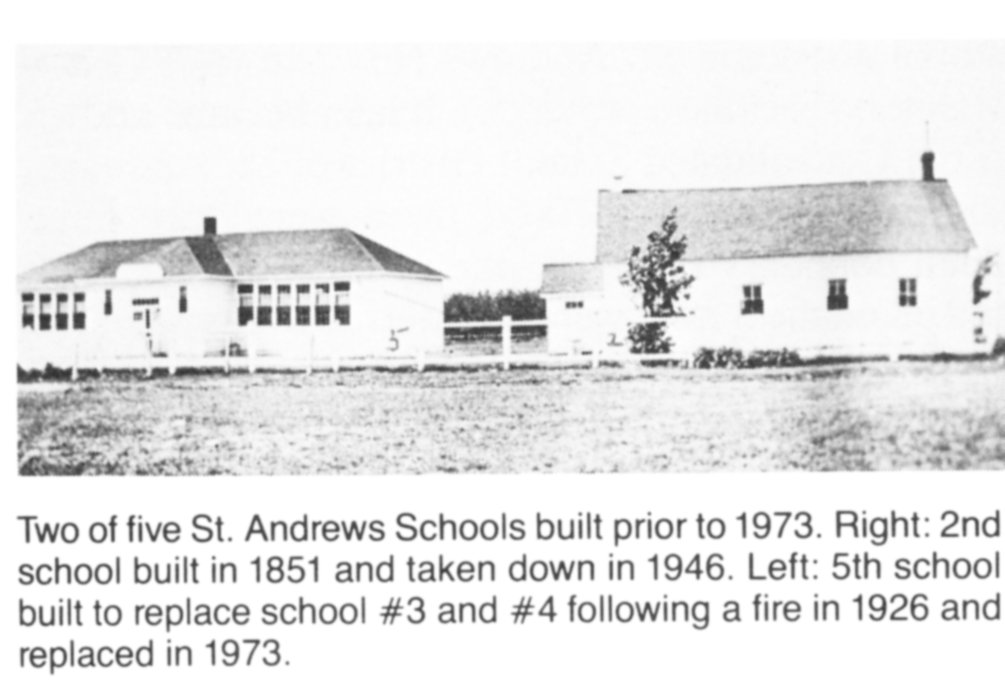
Eventually a new St. Andrews School was constructed to help educate the growing number of young residents of the area. This building was not funded by the Church Missionary Society, however. Allegedly, the Church Missionary Society was not aware how extravagant the building was, and after putting out large sums of money for the St. Andrews Church and the Rectory, they were quite reluctant to offer any more money to the St. Andrews area and did not provide funding for many years after.

In 1948 the building was purchased by the Johnson family who lived in it until 1965. During that time it served as the center for the community and hosted many large community gatherings and dinners, as well as being a storage location for old Detroit Red Wings jerseys. Jimmy Skinner, founder of Skinner’s restaurant in Lockport, was also the coach of the Detroit Red Wings in the late 1940s and early 1950s and brought the old jerseys for kids of the area to wear when they went skating.
In 1965 the rectory was sold to Mr. William Dunlop who used first used the building as a museum to house many peculiar artifacts that he collected over the years and opened it for public viewing. According to local residents, it was a very strange museum with no apparent theme or reason for many of the displays, other than to showcase his collection. When he passed away in 1975 the artifacts were largely sold off in an auction and the building was purchased by Parks Canada.

Throughout the early 1980s, Parks Canada worked tirelessly to renovate the building by taking it apart and pouring a new foundation to support the building that was over 110 years old. They meticulously marked each stone to signify its location and were able to reconstruct the building to its original 1854 appearance. They were able to preserve much of the original wood that was used for floorboards on the main and second level, and reconstructed the interior spiral staircase to its original dimensions.
The last reverend to live in the rectory was reverend Sharmon who moved out in 2011 after occupying only the upper level for a number of years. At that point, an agreement was made between the Anglican Church and Parks Canada so that future reverends would live elsewhere. The rectory was then turned into a museum once again and is currently open all year with tours and the majority of activities facilitated between late May to the end of August.
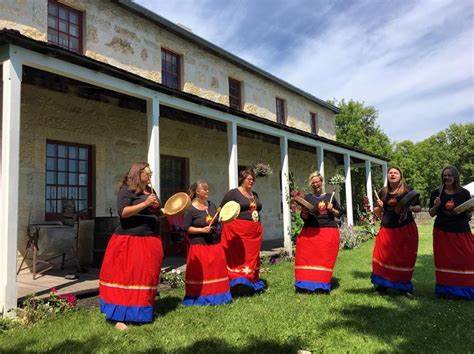
The rectory, now the St. Andrews Heritage Centre, offers guided tours throughout the museum which resembles the look of home as it would have been in 1854, and showcases many artifacts that people during that time would have used and lived with. They also offer activities for kids and families, such as bike tours along River Road, hands-on crafts, bannok and butter making over an open fire, and much more. See their website for more details.
Parks Canada was not wrong in choosing to rebuild the St. Andrews Rectory, as it serves as a reminder of how life was in the early days of the Scottish settlers, and how it has helped shape the community around it. Every year it becomes home to more and more community activities and is gaining popularity and awareness all across the province. I encourage you to check it out and discover why this 160 year old building is designated as a National Historic Site of Canada.
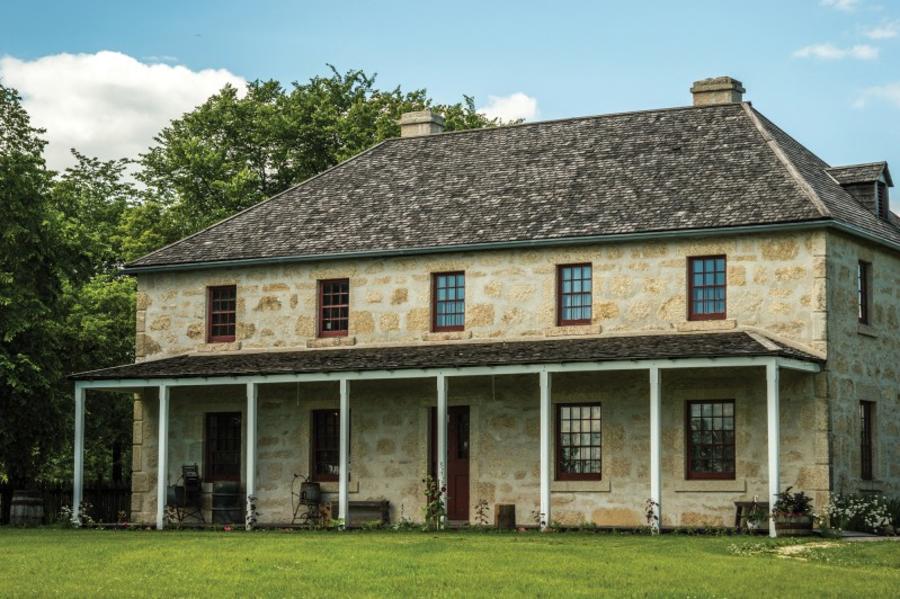
by Teeson Thompson